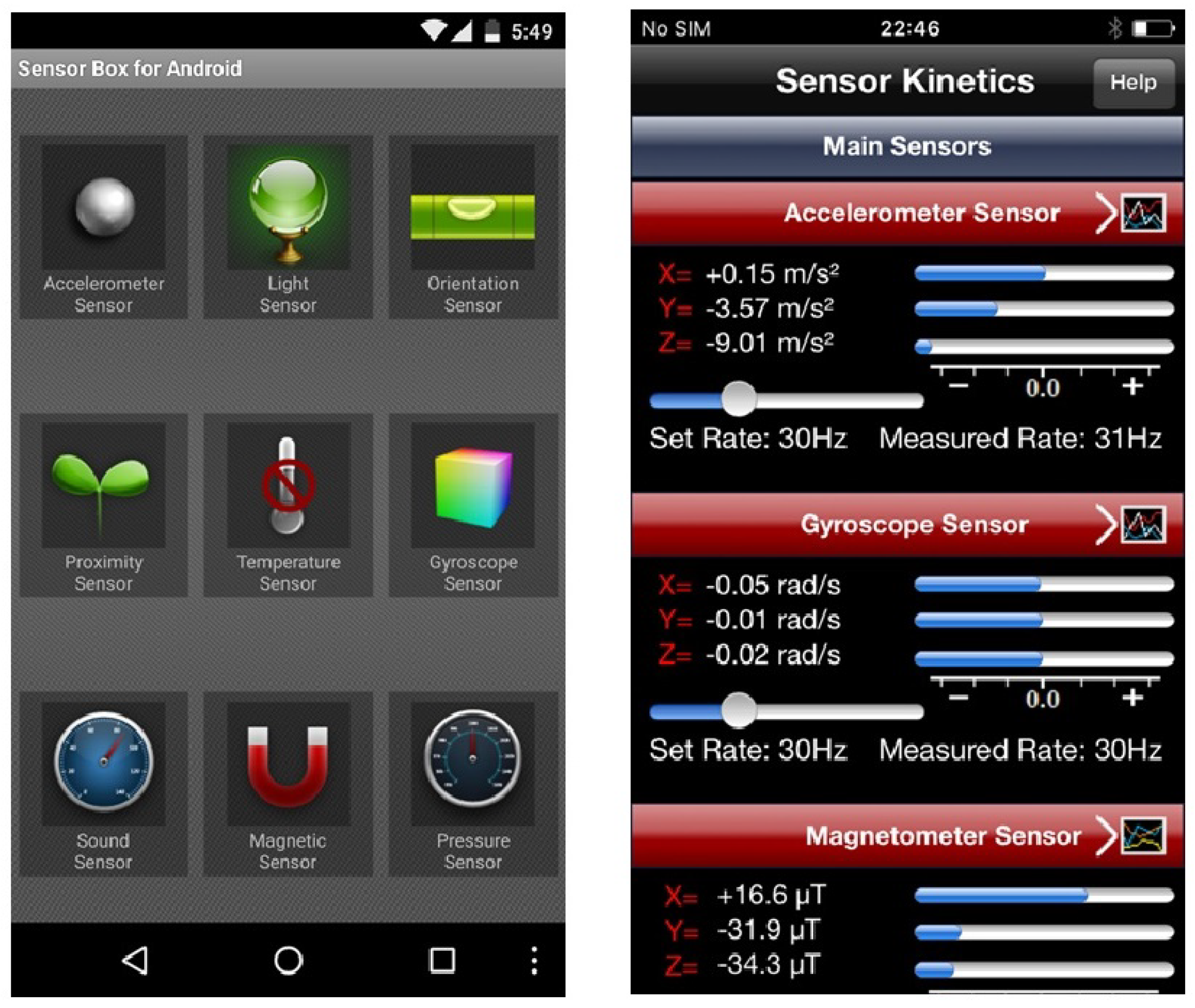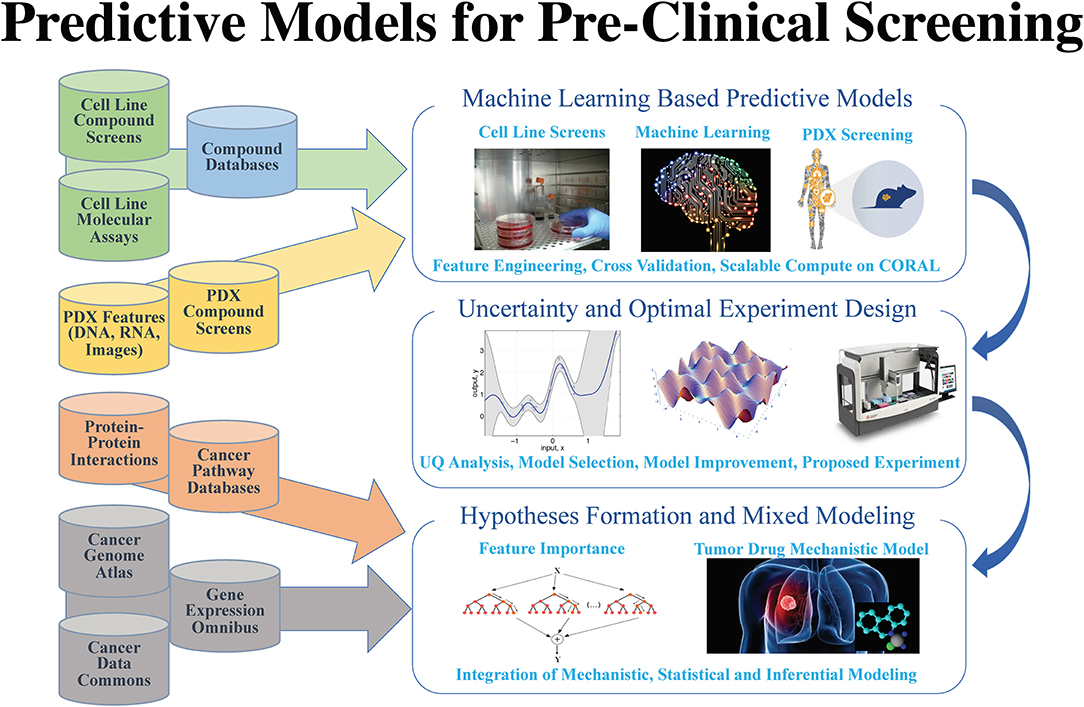Difference between revisions of "Main Page/Featured article of the week/2020"
Shawndouglas (talk | contribs) (Added last week's article of the week) |
Shawndouglas (talk | contribs) (Added last week's article of the week) |
||
| Line 17: | Line 17: | ||
<!-- Below this line begin pasting previous news --> | <!-- Below this line begin pasting previous news --> | ||
<h2 style="font-size:105%; font-weight:bold; text-align:left; color:#000; padding:0.2em 0.4em; width:50%;">Featured article of the week: January 13–19:</h2> | |||
<div style="float: left; margin: 0.5em 0.9em 0.4em 0em;">[[File:Fig2 Mehrnezhad Informatics2019 6-1.png|240px]]</div> | |||
'''"[[Journal:What is this sensor and does this app need access to it?|What is this sensor and does this app need access to it?]]"''' | |||
Mobile sensors have already proven to be helpful in different aspects of people’s everyday lives such as fitness, gaming, navigation, etc. However, illegitimate access to these sensors results in a malicious program running with an exploit path. While users are benefiting from richer and more personalized apps, the growing number of sensors introduces new security and privacy risks to end-users and makes the task of sensor management more complex. In this paper, we first discuss the issues around the security and privacy of mobile sensors. We investigate the available sensors on mainstream mobile devices and study the permission policies that Android, iOS and mobile web browsers offer for them. Second, we reflect on the results of two workshops that we organized on mobile sensor security. In these workshops, the participants were introduced to mobile sensors by working with sensor-enabled apps. We evaluated the risk levels perceived by the participants for these sensors after they understood the functionalities of these sensors. The results showed that knowing sensors by working with sensor-enabled apps would not immediately improve the users’ security inference of the actual risks of these sensors. However, other factors such as the prior general knowledge about these sensors and their risks had a strong impact on the users’ perception. ('''[[Journal:What is this sensor and does this app need access to it?|Full article...]]''')<br /> | |||
<br /> | |||
<h2 style="font-size:105%; font-weight:bold; text-align:left; color:#000; padding:0.2em 0.4em; width:50%;">Featured article of the week: January 2–12:</h2> | <h2 style="font-size:105%; font-weight:bold; text-align:left; color:#000; padding:0.2em 0.4em; width:50%;">Featured article of the week: January 2–12:</h2> | ||
<div style="float: left; margin: 0.5em 0.9em 0.4em 0em;">[[File:Fig1 Bhattacharya FrontInOnc2019 9.jpg|240px]]</div> | <div style="float: left; margin: 0.5em 0.9em 0.4em 0em;">[[File:Fig1 Bhattacharya FrontInOnc2019 9.jpg|240px]]</div> | ||
Revision as of 16:28, 20 January 2020
|
|
If you're looking for other "Article of the Week" archives: 2014 - 2015 - 2016 - 2017 - 2018 - 2019 - 2020 |
Featured article of the week archive - 2020
Welcome to the LIMSwiki 2020 archive for the Featured Article of the Week.
Featured article of the week: January 13–19:"What is this sensor and does this app need access to it?" Mobile sensors have already proven to be helpful in different aspects of people’s everyday lives such as fitness, gaming, navigation, etc. However, illegitimate access to these sensors results in a malicious program running with an exploit path. While users are benefiting from richer and more personalized apps, the growing number of sensors introduces new security and privacy risks to end-users and makes the task of sensor management more complex. In this paper, we first discuss the issues around the security and privacy of mobile sensors. We investigate the available sensors on mainstream mobile devices and study the permission policies that Android, iOS and mobile web browsers offer for them. Second, we reflect on the results of two workshops that we organized on mobile sensor security. In these workshops, the participants were introduced to mobile sensors by working with sensor-enabled apps. We evaluated the risk levels perceived by the participants for these sensors after they understood the functionalities of these sensors. The results showed that knowing sensors by working with sensor-enabled apps would not immediately improve the users’ security inference of the actual risks of these sensors. However, other factors such as the prior general knowledge about these sensors and their risks had a strong impact on the users’ perception. (Full article...) Featured article of the week: January 2–12:"AI meets exascale computing: Advancing cancer research with large-scale high-performance computing" The application of data science in cancer research has been boosted by major advances in three primary areas: (1) data: diversity, amount, and availability of biomedical data; (2) advances in artificial intelligence (AI) and machine learning (ML) algorithms that enable learning from complex, large-scale data; and (3) advances in computer architectures allowing unprecedented acceleration of simulation and machine learning algorithms. These advances help build in silico ML models that can provide transformative insights from data, including molecular dynamics simulations, next-generation sequencing, omics, imaging, and unstructured clinical text documents. Unique challenges persist, however, in building ML models related to cancer, including: (1) access, sharing, labeling, and integration of multimodal and multi-institutional data across different cancer types; (2) developing AI models for cancer research capable of scaling on next-generation high-performance computers; and (3) assessing robustness and reliability in the AI models. (Full article...) |











